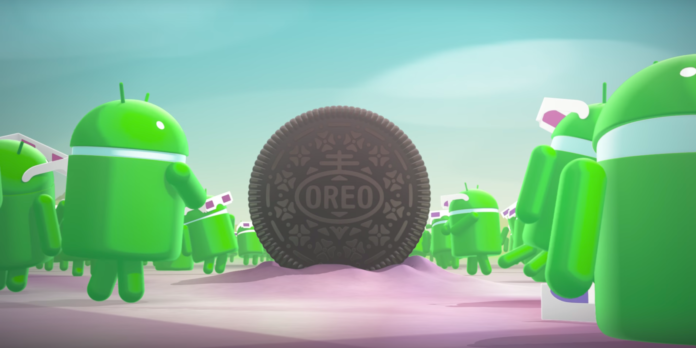The latest version of Android is now officially announced by Google and the 8th version or Android O has also got itself a pretty delicious title! Many speculations were there regarding what name it would possess. But now, there is one nicely fitting name to the O-it’s called Oreo! Yes, the android 8 is called Oreo and it will be rolled out soon in many of the smartphones-if not everyone, by now.
Currently, majority of smartphones are running on either Lollipop (Android 5) or Marshmallow (Android 6). Before telling you much about the Oreo, it’s important for you all to get aware of the smartphone brands which will be getting the Android 8.0 update-not anytime sooner and not each phone by now-but after quite some time, (Google phone and Nexus phones are exceptions though). And the rumored phones to get an update are-
Nokia (3,5 and 6)
Google Pixel and Nexus
OnePlus (3, 3T and 5)
Coolpad Cool Play 6
Essential PH-1
HTC
Asus (ZenFone 4, ZenFone 4 Pro, ZenFone 4 Max, ZenFone 3, ZenFone 3 Deluxe, ZenFone 3 Max and ZenFone 3 Laser)
Samsung (Galaxy S8+, Galaxy S8, Galaxy S7, Galaxy S7 Edge, Galaxy Note 7 Fan Edition, Galaxy Tab S3-and the upcoming Galaxy Note 8)
LG (G6, Q6, G5 and V20)
Motorola (Z2)
Lenovo (K8 Note)
Now, speaking of the features that the ‘Oreo’ will be arriving with, it will be a much improvised and refined version to date for a better and smoother user experience. It will be arriving with notification dots, notification channels and support for third-party calling apps. Also, there will be ‘optimization for apps’, an ‘improved auto-fill feature’ and ‘audio enhancement’. For those who are used to expressing expressions through Emojis while texting, Oreo will offer ‘redesigned Emojis’; and notably the ‘support for instant apps’, through which it will be easier for the users to just switch into the new apps without actually having to install them! There is ‘Google Play Protect’ also and a ‘picture-in-picture’ feature that allows to use two tasks simultaneously (like doing a video call and also running other application, at the same time).
Other important features include ‘autosizing textview’,’ XML fonts’ (now you can use fonts in XML layouts), ‘creating adapting icons’ which enables to create different style icons for the display and a ‘wide gamut color’ for apps.

























